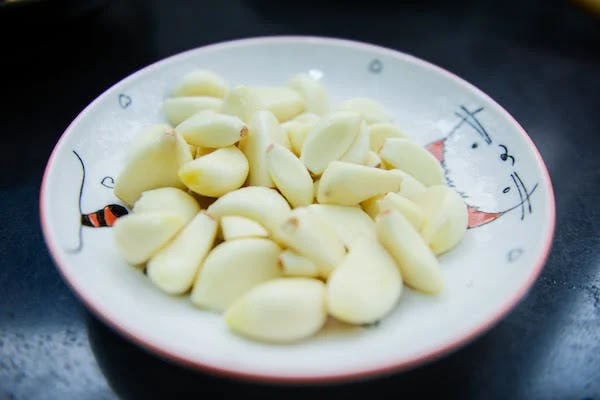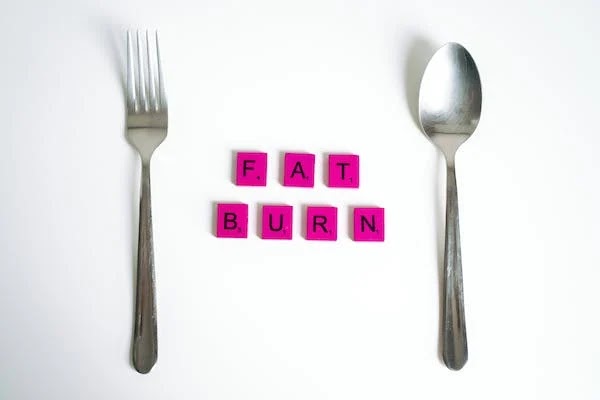Have you recently worked out your body fat ? How fit is your body fat ? | Weight Loss Tips
It might be if you start exercising or keep exercising, as enlightening new research demonstrates that physical activity changes fat at the molecular level in ways that enhance the health of the fat. The results have extensive ramifications for the health of our metabolisms, muscles, and even how well our bodies handle the impending season of joyous overeating around the holidays.
No matter a person's weight or form, body fat can be physiologically healthy — or the opposite — something many of us may not be aware of.
According to Jeffrey Horowitz, a professor of fitness and metabolism at the University of Michigan, "healthy fat is not about the amount of fat" a person carries. He asserts that it has to do with how effectively that fat works. A person with healthier fat is much better off than a person with bad fat, even at the same body fat percentage.
Horowitz claims that the biggest difference between healthy and unhealthy fat is the size of the fat cells. "The more small fat cells, the better," he proclaimed.
More Read : Why you are gaining weight ? What's with the weight gain? | Weight Loss Tips
Notably, you can improve the metabolic health of the body fat you already have without losing any weight or fat.
Why fat cell size is important
He said that there is already fat inside of large fat cells. They are unable to hold much more, and some of their bloated contents frequently leak into the circulation as fatty acids. The fatty acids then move on to and settle in other organs like the heart, muscles, or liver. Unwanted organs include fatty, well-marbled hearts, muscles, and livers (unless, perhaps, you raise steers).
On the other side, little fat cells have the capacity to grow, essentially slurping up fat from your blood. According to Horowitz, you want fat to remain inside fat cells.
The powerhouses of every cell, the mitochondria, are also in abundance in healthy fat cells. Oxygen and food are converted into cellular energy by mitochondria. Any cell, including fat cells, will generally be healthier and more durable the more mitochondria it has.
Last but not least, healthy fat tissue is teeming with blood vessels that transport oxygen and nutrients to fat cells as well as legions of other cells, most of which are immune-related and aid in the battle against inflammation. Even in people who are not overweight, adipose tissue can become inflamed, scarred, and release chemicals into the bloodstream that cause comparable, dangerous inflammation elsewhere in our body. This can happen without adequate immune protection and blood flow.
How physical activity changes your fat cells
However, scientists were unsure of whether or how much our fat could change until recently. In other words, they were aware that good fat tissue might degenerate, accumulating big, leaky cells, broken mitochondria, and inflammation.
It was unclear, however, if this process could be stopped or slowed down. Even though they were all overweight by rodent standards, several recent research with rodents were encouraging in that they suggested physically active animals had body fat that was physiologically better than sedentary rats.
But since humans are not lab mice, numerous uncertainties about the malleability of our bodily fat persisted.
More Read : What are the secrets of Thin People who don’t diet ? The secret of skinny people who don't diet
However, a research released in June provided some illumination. Young, sedentary males, older, sedentary men, and older, physically active men—mostly long-time, frequent cyclists—were biopsied for the study by researchers at the University of Copenhagen in Denmark.
With fewer mitochondria than in the fat of the young men and less energy produced by each mitochondrion, the fat cells from the older, inactive men had rather poor mitochondrial health. But compared to the fat tissue from the young men, the physically active men's fat cells contained a lot of mitochondria, therefore their fat cells were generally well fueled. Regardless of age, their adipose tissue had less early symptoms of inflammation than that of the inactive guys.
The study's principal investigator, Anders Gudiksen, a professor of cell biology at the University of Copenhagen, claimed that exercise training "meant more mitochondria and better functioning mitochondria" and, in turn, healthier fat.
However, a different recent study offers encouragement that beginning exercise now, no matter how sedentary you may have been, could quickly enhance your fitness even those who may not have had the foresight to be lifelong cyclists.
In the latest study, led by Horowitz and published in the Journal of Physiology, participants were instructed to ride a stationary bike at a moderate pace for 45 minutes or more intensely for a 20-minute interval workout four times per week for a period of 12 weeks after having their fat tissue sampled from 36 obese, sedentary men and women.
Diets of the volunteers were closely watched to prevent weight loss. If not, weight loss rather than exercise might have caused alterations in their fat tissue, according to Horowitz.
However, while not losing weight, the exercising volunteers still created new fat. They developed significantly more capillaries to support their increased number of tiny fat cells. Additionally, the molecular indicators of inflammation in their fat tissue were lower, and there were fewer signs of scarring and hardening around the fat cells.
Regardless of how hard or how hard the subjects rode, these effects were observed. Only that they were engaged in activity mattered, according to Horowitz.
According to Horowitz, these changes should make fat tissue more capable of slurping up and storing any extra calories someone consumes from large meals during the holidays in the short term, however this does not necessarily result in weight gain. This fat is often only momentarily stored before it is quickly converted to energy for other tissues, such muscles. But in the interim, he advised, it is preferable to store such fat in fat cells rather than your liver or arteries.
Inflammation and whether and how metabolically healthy fat contributes to a metabolically healthy body, even and possibly especially if people have obesity, are the longer-term effects of exercise and fat, according to Horowitz.
He claimed that additional study is necessary to properly comprehend what healthy fat is, as well as the kinds and volumes of activity that best produce or maintain it. However, it is already apparent, he claimed, that exercise improves fat as well as the rest of your body, giving you even another excuse to ride a bike, walk, jog, swim, or engage in any other form of physical activity today.
More Read : What are the benefits of lemon juice for health ? Why should you drink lemon juice ? | Nutrition

.jpg)




.webp)
